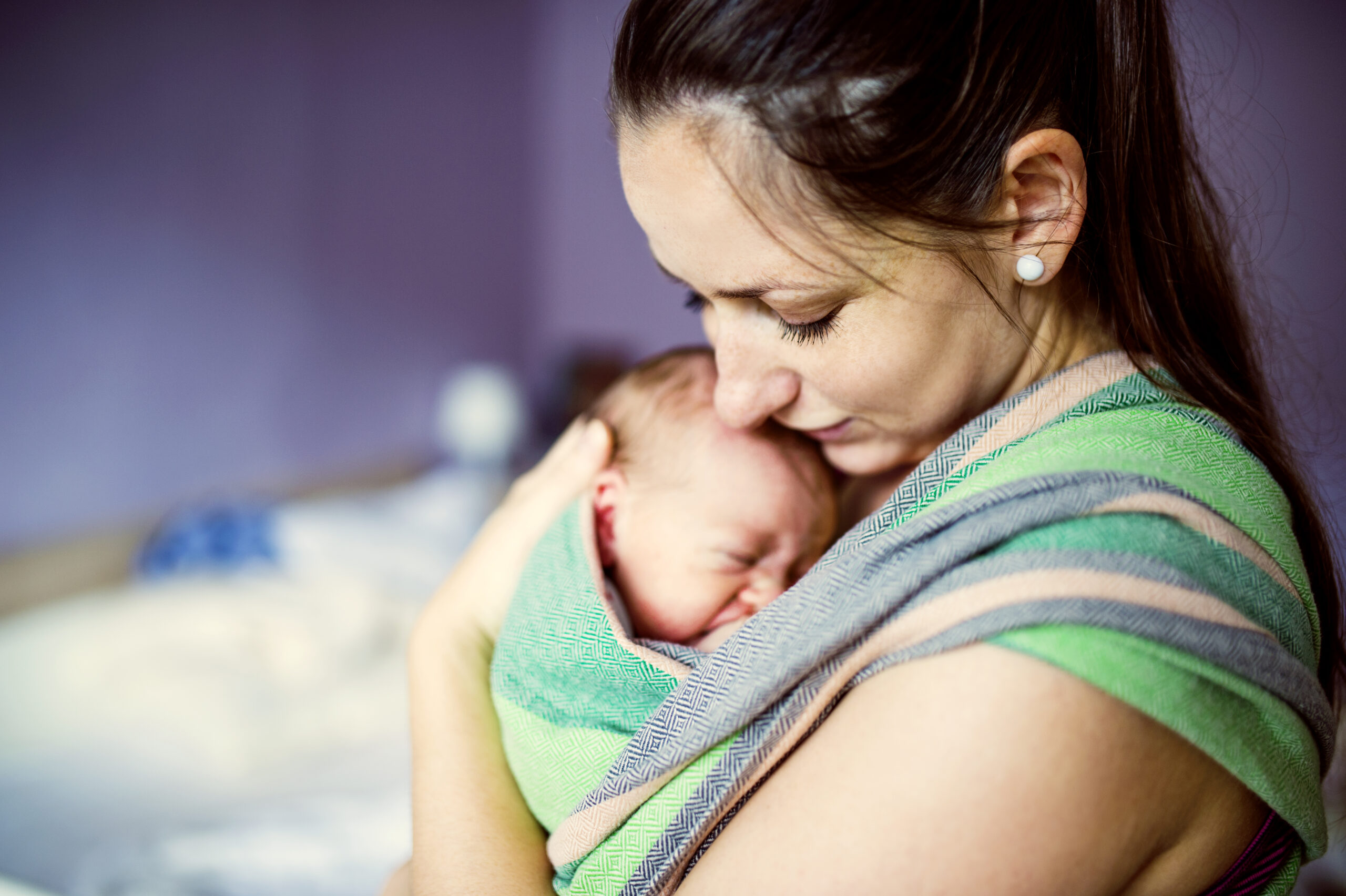By Kelly Bost, Ph.D. and Samantha Iwinski, M.S.
Humans are social beings, and babies are born with tendencies to bring caregivers toward them to promote survival and social connection. Caregiver-child relationships involve some of the first interpersonal experiences that create feelings of trust, safety, and self-worth in relationships. These attachment relationships are enduring emotional ties that develop from histories of interactions between the caregiver(s) and child over the first years of life. The quality of early attachment relationships sets the stage for developing other close relationships, shapes the child’s notion of themselves and others, and impacts their biological response to stress and self-regulation.
Attachment consists of three components (1) attachment behavioral system, (2) attachment behaviors, and (3) attachment relationships. When there is a perceived threat, illness, or feelings of distress, the child’s attachment behavioral system is activated. When activated, children exhibit attachment behaviors as bids for proximity to caregivers. These may include crying, holding arms up, clinging, or turning head/sustained eye contact. When proximity is achieved and the issue resolved, the attachment system is deactivated. The goal of an attached individual is felt security. However, the quality of the attachment relationship is based on the unique pattern of interactions over time.
Through theory and research, different patterns of attachment have been identified, which will be discussed throughout our webinar.
- Secure Attachment
- Insecure Ambivalent/Resistant
- Insecure Avoidant
- Insecure Disorganized
There may be differences in attachment qualities across family types. This can include differences in socialization strategies, multiple caregiving arrangements, and perceptions of attachment and bonds within various cultures. Transitional changes in family structures (e.g., deployment cycle) may also influence attachment relationship(s) or how children respond to separation and reunion of a caregiver. Understanding different patterns of attachment can help caregivers, practitioners, and educators provide appropriate resources and help if needed.
Promoting Healthy Attachment
There are evidence-based ways to promote healthy attachment as an educator, caregiver, or early childhood professional. Some examples include helping caregivers become more aware of and pay attention to subtle child signals and how to respond appropriately, assisting parents in understanding that responding to their children’s distress regularly will help their emotional and cognitive growth, and helping caregivers recognize they are the most important person to their child. Childcare providers can serve as a secure base and be responsive to a child’s distress and proximity-seeking behaviors, so it is essential to understand how you may be able to promote healthy attachment behaviors and relationships for children and their families.
Rebuilding Attachment
There are also ways to assist and rebuild disrupted attachment relationships. Attachment disorders can develop because of chronic difficulties in early relationships, but they can be repaired. They can be improved by helping the child feel loved and protected, repairing the amygdala responses to stress, and using different therapies and interventions.
What will you learn in this webinar?
In this OneOp webinar, Making the Journey Towards Healthy Attachment, we discuss how attachment is formed and what a healthy attachment includes; identify how to promote healthy attachment and restore it if needed; and reflect on how this may differ across cultures, family types, and situations. We also discuss practical approaches professionals can use to promote secure attachment. Throughout the session, you can reflect on the families you work with and your own understanding of attachment.
Image Credit: Storyblocks, CC0















